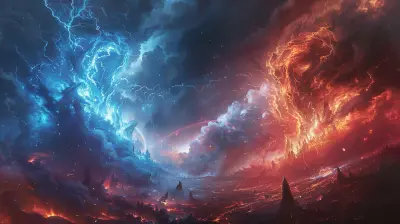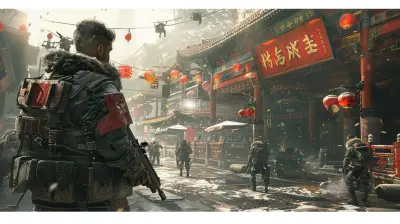Exploring the Theory That Ash Has Been in a Coma
4 August 2025
If you’ve spent any real time diving into Pokémon fan theories, chances are you’ve come across the wild, thought-provoking idea that Ash Ketchum—the eternally ten-year-old protagonist of the iconic series—has actually been in a coma this whole time.
Yep, a coma.
You might be thinking, “No way, that’s too dark for Pokémon!” But hear me out. This fan theory has been floating around for years and, honestly, there are some eerie dots that do connect if you squint a little. Whether you believe it or not, it's a fascinating thought experiment that flips how we view the Pokémon universe on its head.
Let’s break it all down, shall we?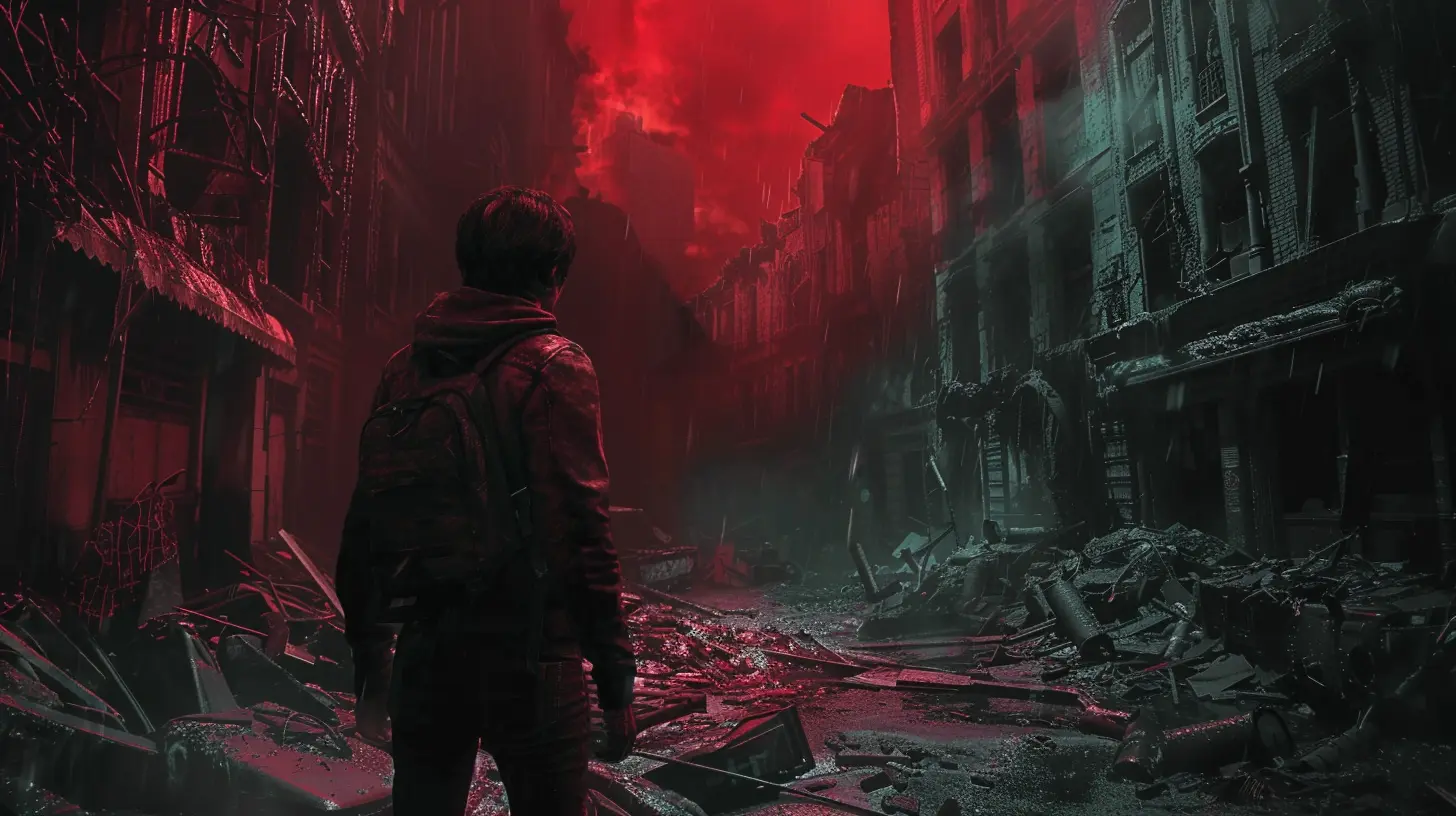
So, Where Did This Coma Theory Even Come From?
This theory didn’t come out of thin air. It started gaining traction on online forums and Reddit threads, where fans put two and two together and came up with… well, a coma. The basic premise? Early in the series, Ash got zapped into oblivion by Pikachu’s Thunderbolt in the very first episode while trying to protect him from a flock of angry Spearows.From that moment on, things get kinda…. weird.
The theory argues that what follows that electrocution isn’t reality, but rather a coma-induced dream world created by Ash’s subconscious. Think of it like Inception meets Nintendo. Everything that happens after that—legendary Pokémon encounters, never aging, bizarre physics-defying battles—is essentially a vivid dream playing out in Ash’s mind.
Wild stuff, right?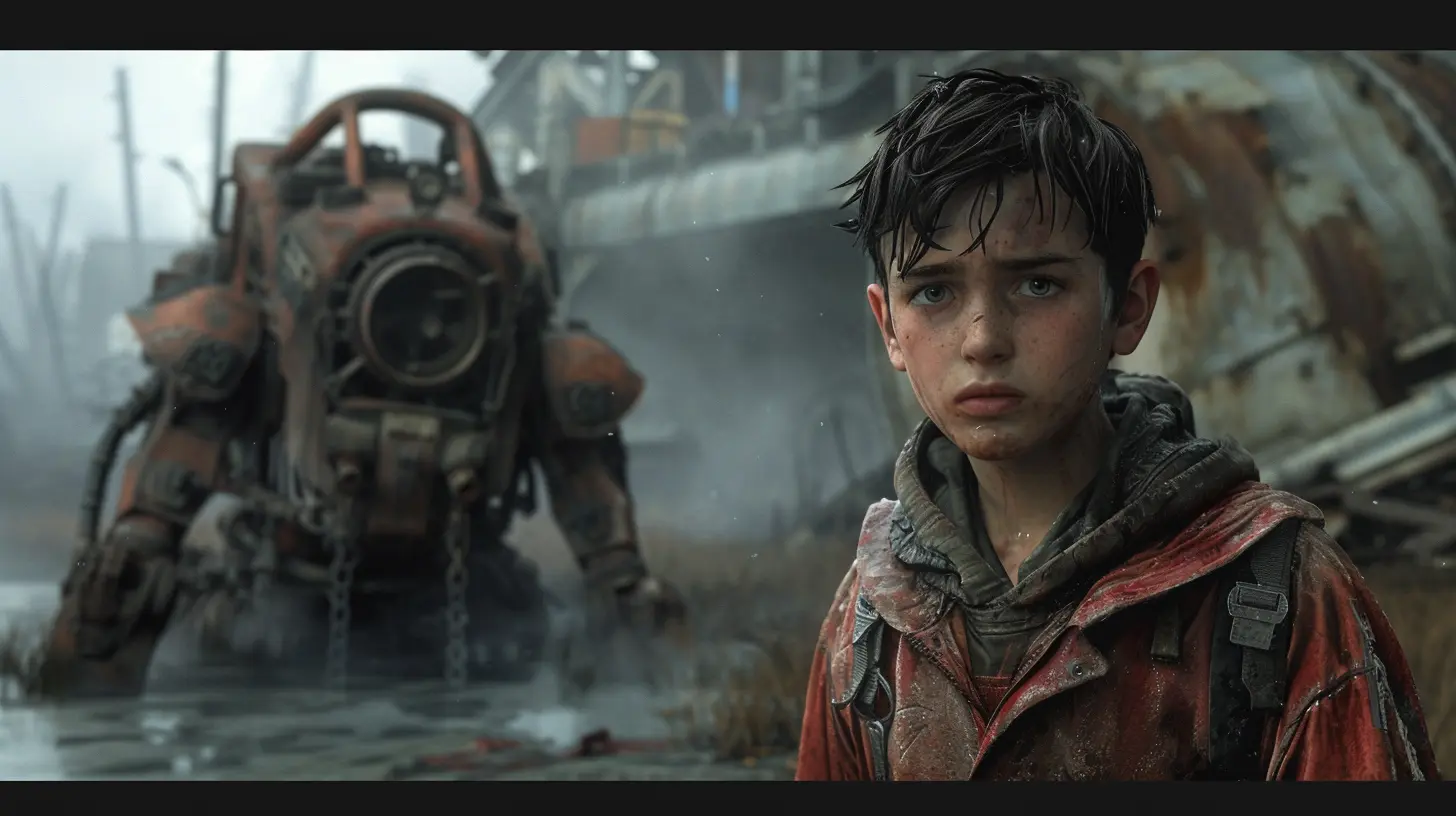
Remember That Lightning Strike? Let’s Talk Trauma
Here’s the deal: in the real world, getting fried by lightning isn’t exactly a walk in the park. People suffer serious injuries or even lose consciousness. Now, Ash took a full-on zap protecting Pikachu from an angry mob of Beedrill-level birds (OK, they were Spearow, but still). One second he’s being attacked by a literal storm of enraged birds, the next he’s getting struck by lightning, and boom—he wakes up in a hospital... wait, no. He wakes up and goes on a magical journey across Kanto.You see where this is going?
Some fans argue that the lightning strike was the moment Ash went into a coma, and everything else has been happening inside his mind. It’s a pretty convenient turning point—and storytelling-wise, it works.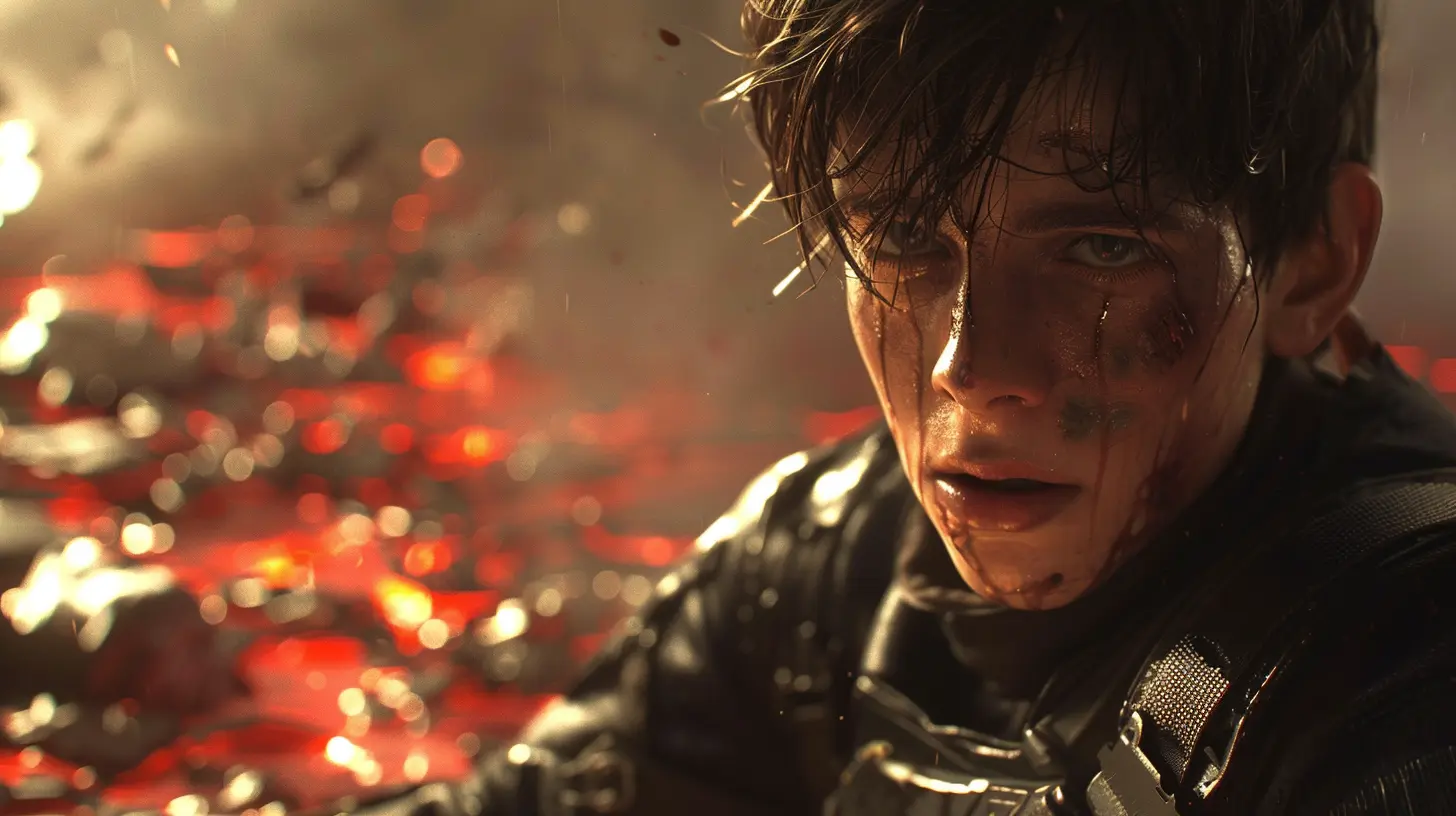
The Big Clue: Ash Never Ages
This is one of the core reasons people latch onto the coma theory. Ash Ketchum has been 10 years old since 1997. That’s over two decades of staying the same age regardless of how much he travels, battles, or grows emotionally.I mean, come on, even Bart Simpson’s been the same age for years, but at least with The Simpsons, that’s more of a stylistic choice for episodic content.
With Pokémon, though? Ash has obviously grown in character—he’s matured, picked up leadership skills, and even finally won a championship in Alola. So why hasn't he aged a single day?
Coma theorists argue that this “frozen age” is symbolic of his physical body being suspended in time. His mind might be growing, but his body is stuck—just like someone in a coma.
Spooky, huh?
Legendary Pokémon Sightings: Coincidence or Dream Logic?
Let’s rewind to episode one again. Right after the lightning incident, Ash sees Ho-Oh flying through the sky—a Pokémon that, at the time, hadn’t even been officially introduced. Pretty surreal, right?Some say this moment proves Ash is experiencing a dreamlike state. Ho-Oh represents hope, eternity, and the promise of wishes coming true—exactly the kind of symbol you’d expect in a fantasy world crafted by a 10-year-old’s subconscious.
And from there, the parade of rare and legendary Pokémon never stops. Ash meets Latios and Latias, Suicune, Lugia, Celebi, you name it. He doesn’t just witness them; he bonds with them. How likely is that for one kid?
It’s like he’s the chosen one in his own ever-unfolding dream.
The Worlds Keep Getting Weirder
Have you noticed how each region Ash travels to becomes more vibrant, stranger, and occasionally downright illogical?Think about the Pokémon themselves. Remember Vanilluxe? It’s literally an ice cream cone with eyes. Or Klefki—a floating keyring. While these Pokémon are undoubtedly creative (and kinda adorable), they also push the boundaries of what we’d expect in a "real" ecosystem.
Is it possible that these increasingly abstract designs reflect the deeper levels of Ash’s subconscious? The coma fan theory argues that the more surreal the world becomes, the deeper Ash is sinking into his dream state.
Not convinced? Let’s dive into the characters next.
Brock and Misty: Fragments of His Mind?
Another compelling piece of the theory suggests that Ash’s companions aren’t real people but rather manifestations of his inner psyche.Let’s take Brock, for example. He’s the older brother type, offering guidance, wisdom (and, let’s be honest, some serious flirtation skills). Misty fills a more emotional role—assertive yet supportive, complete with a splash of tsundere energy.
Could it be that Ash’s mind created these characters to fill emotional gaps he’s feeling while lying unconscious in a hospital bed? Think about it: every new companion represents a different archetype—maternal figures, rivals, mentors. They’re all helping him “grow,” even as his body remains frozen in time.
Team Rocket: The Eternal Loop
Now let’s chat about Team Rocket. Every episode, they show up, hatch some cockamamie plan, and blast off again. Rinse and repeat.Why the repetition?
From the coma theory perspective, Team Rocket may represent Ash’s inner fears or obstacles—recurring expressions of conflict that arise in different forms but always get resolved. Their repetitive presence could symbolize the cyclical nature of dreams, or perhaps his mind constantly picking apart the same problems in new ways.
They're more comic relief than actual threat, which aligns with how our brains often soften danger in dreams.
What About the Movies?
Ah yes, let’s not forget the Pokémon movies. These are like the fever dreams nested inside the larger coma-induced fantasy. They’ve got time travel, dimensions folding into each other, Pokémon gods, and literal resurrection.While fun, they make the theory even more compelling. How are Ash and Pikachu constantly diving into these reality-bending experiences, often with no long-term consequences?
Maybe we’re watching a young boy’s mental escape, creating entire epic arcs to cope with the trauma of being unconscious and disconnected from the real world.
The Emotional Layers
This theory isn’t just about dramatic twists and wild visuals—it’s also about emotions.Ash's journey is packed with themes of friendship, courage, and loss. He meets new friends and parts ways with them. He wins and loses. He overcomes challenges—but nothing ever really sticks. There’s a haunting sense of impermanence in his world.
A lot of fans who support the coma theory feel it mirrors the emotional turbulence of someone subconsciously processing grief, change, and the chaos of an uncertain future.
Could that be what keeps Ash’s dream world ticking?
Why This Theory Resonates With Fans
Let’s face it—the Pokémon fanbase isn’t just kids anymore. Most of us grew up with Ash, Pikachu, and the never-ending quest to "catch ‘em all." As adults, it’s natural for us to turn nostalgic stories into deeper, more symbolic ideas.The coma theory gives us a way to explain the unexplained and adds extra layers to a world we already adore. It's not about proving anyone wrong—it's about revisiting our childhood with new, more mature eyes.
And let’s admit it: it’s kind of poetic.
But... Is It True?
Well, probably not. The creators have never hinted at Ash being in a coma, and the series leans heavily on light-hearted storytelling. It’s way more likely that the ageless wonder is just a quirk of animation continuity and marketing strategy. (10-year-olds sell more toys, right?)But isn’t it more fun to imagine? Theories like this don’t need to be canon to be entertaining. They’re a testament to how deeply fans love the world of Pokémon—and how much meaning we can find when we dare to look deeper.
Final Thoughts
Whether you think Ash is dreaming this all up from a hospital bed or just caught in an eternal Saturday morning cartoon loop, one thing’s for sure: his journey has touched millions.He’s gone from Pallet Town to the farthest corners of existence, and we've followed right along. Coma or not, Ash Ketchum has shown us what it means to be brave, loyal, and endlessly optimistic—even when the odds are stacked against us.
And maybe, just maybe, that’s the magic of Pokémon.
all images in this post were generated using AI tools
Category:
Fan TheoriesAuthor:

Audrey McGhee
Discussion
rate this article
2 comments
Mara Price
Intriguing theory! Exploring Ash's coma adds depth to the Pokémon narrative and character development.
October 26, 2025 at 3:20 AM

Audrey McGhee
Thank you! I'm glad you found the theory thought-provoking and that it adds a new layer to Ash's journey.
Haven Valentine
Thought-provoking perspective, truly!
August 14, 2025 at 4:24 PM

Audrey McGhee
Thank you! I'm glad you found it thought-provoking!

